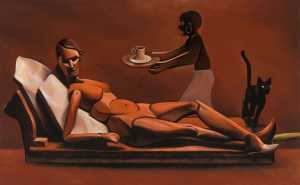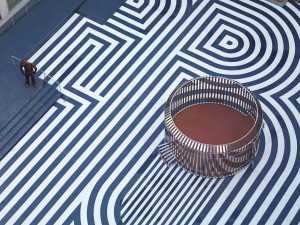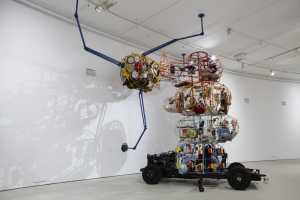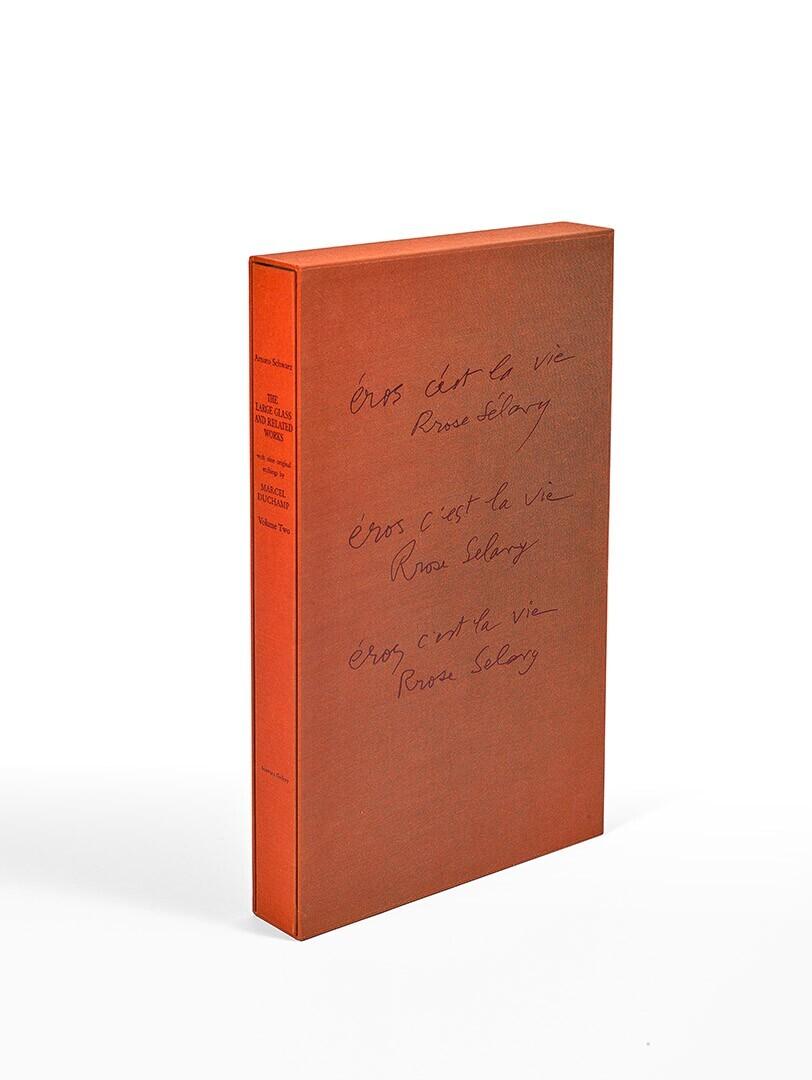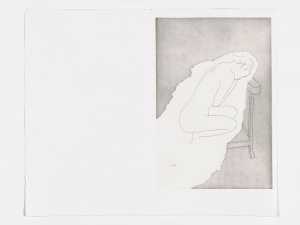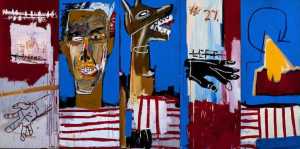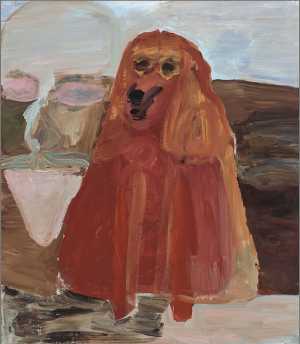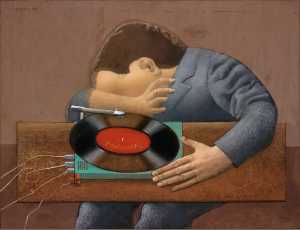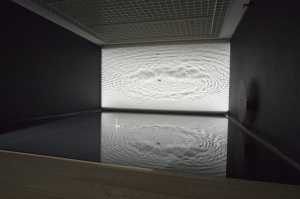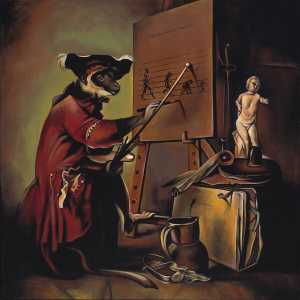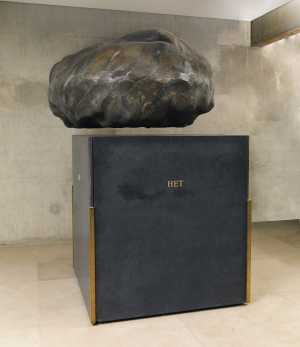Specifications
| Title | The Large Glass and related works with nine original etchings by Marcel Duchamp on the theme of the lovers (Volume II) |
|---|---|
| Material and technique | |
| Object type |
Cassette
> Book
> Forms of information and communication
> Utensil
|
| Location | This object is in storage |
| Dimensions |
Depth 5 cm Width 26,5 cm Height 43,2 cm |
|---|---|
| Artists |
Graphic artist:
Marcel Duchamp
Publisher: Arturo Schwarz |
| Accession number | MB 1989/8 b 1 (MK) |
| Credits | Purchased 1989 |
| Department | Modern Art |
| Acquisition date | 1989 |
| Creation date | in 1967 - 1968 |
| Research |
Show research A dream collection - Surrealism in Museum Boijmans Van Beuningen |
| Material | |
| Object | |
| Technique |
Etching
> Manual
> Intaglio printing techniques
> Printing technique
> Technique
> Material and technique
|
Do you have corrections or additional information about this work? Please, send us a message



